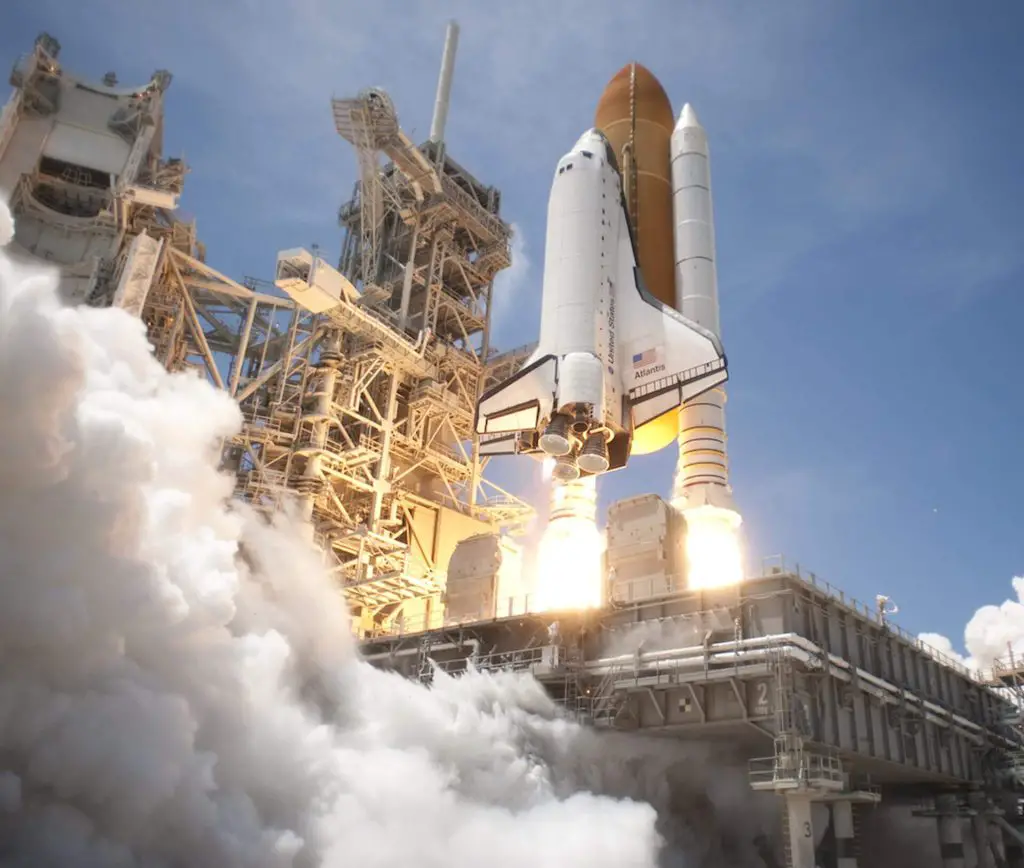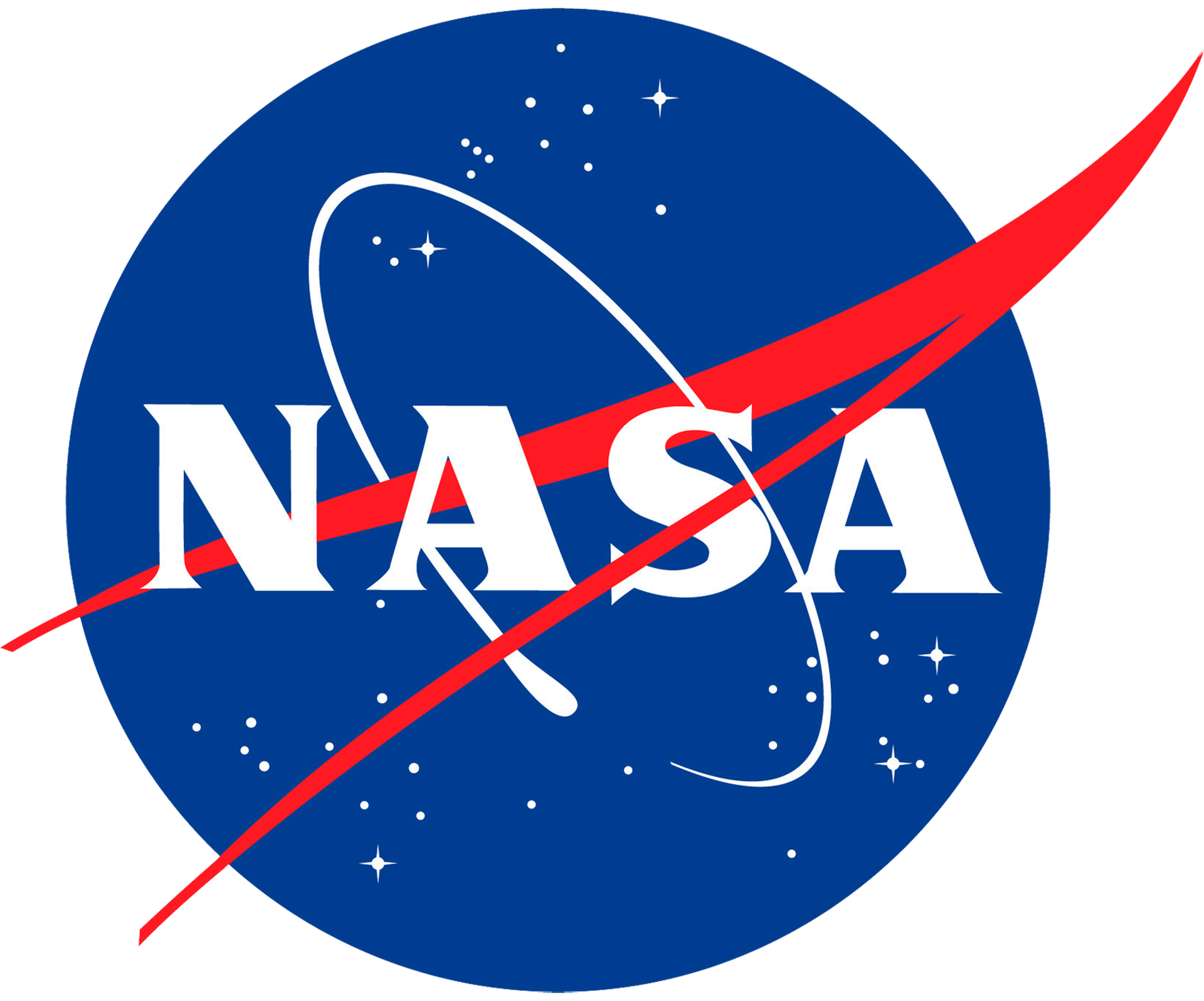
National Aeronautics and Space Administration – NASA

- Spacecraft: Orion
- Abbreviation: NASA
- Administrator: Administrator: Bill Nelson
- Country: USA
National Aeronautics and Space Administration is a Government space agency that was established in 1958. National Aeronautics and Space Administration has 115 successful launches and 20 failed attempts, with a cumulative tally of 135 launches, currently with 6 pending launches in the pipeline. National Aeronautics and Space Administration has a tally of 0 attempted booster landings, of which 0 failed and 0 successful booster landings recorded.
The National Aeronautics and Space Administration is an independent agency of the executive branch of the United States federal government responsible for the civilian space program, as well as aeronautics and aerospace research. NASA have many launch facilities but most are inactive. The most commonly used pad will be LC-39B at Kennedy Space Center in Florida.